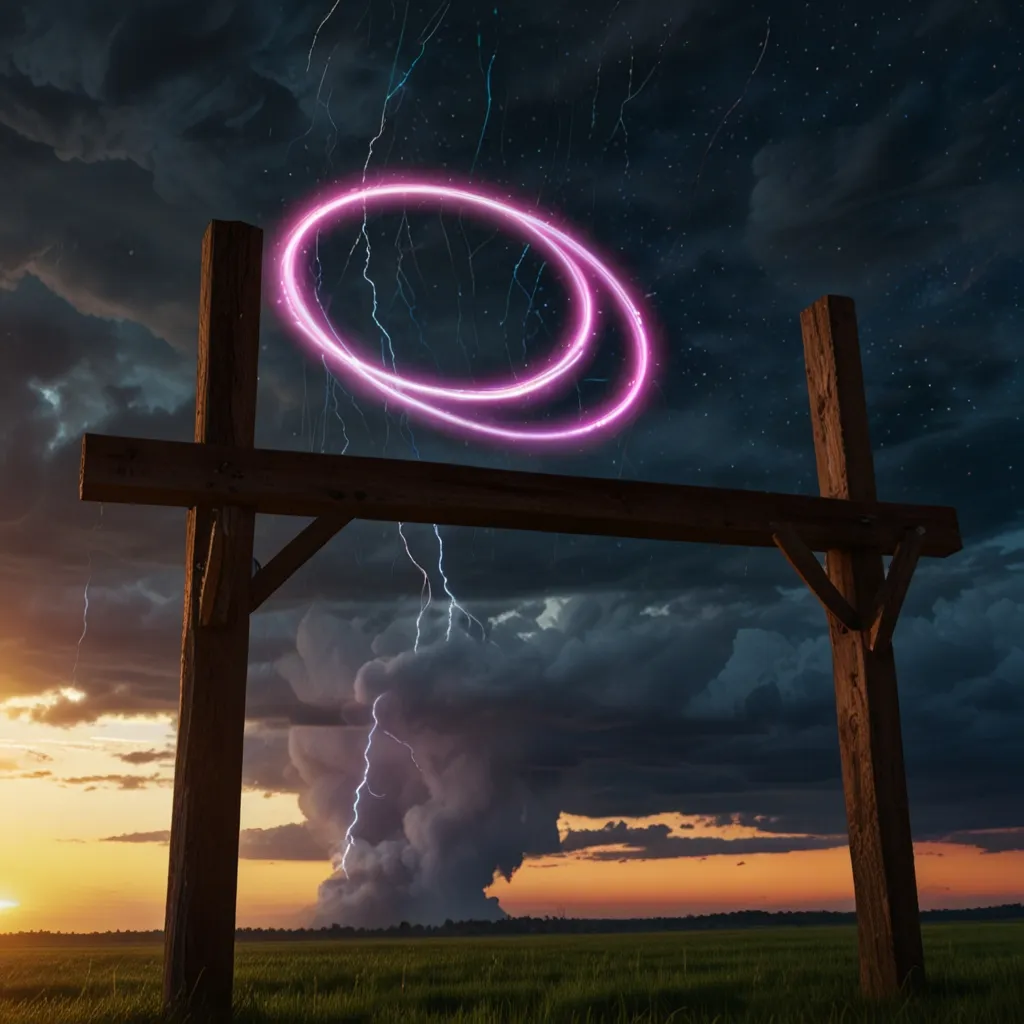Stumble across any passionate gathering of tech enthusiasts, and you’ll hear conversations about scalable, high-performance solutions echoing in every corner. In this vibrant world, one name that’s making waves and quietly wowing the crowds is Lwan. This experimental HTTP server, written in C, is swiftly becoming the secret sauce in the toolkit of developers who chase performance and efficiency.
Lwan emerged not just as another HTTP server. It’s an audacious experiment in speed, efficiency, and extreme scalability, written in the relentless precision that only C can provide. If you harbor an inexplicable love for performance-focused code, diving headfirst into Lwan can feel like embarking on an exhilarating adventure. It’s like pulling apart a finely tuned engine piece by piece, marveling at its complexity yet reveling in the elegance of its design.
So, picture this: a world where user requests come barreling in, not like a gentle stream, but more like a torrential storm. This is everyday life on the internet. With Lwan, the approach is to handle this storm not with brute force but with sophistication and intelligence. It leverages every ounce of C’s capability to strip down the overhead, optimizing for those little nuances that elevate performance from good to exceptional. Think of it as the Formula 1 of HTTP servers—it’s not just about speed; it’s about agile, artful performance, wringing efficiency out of every line of code.
For developers coming from languages like Python, Java, or JavaScript, Lwan might at first seem like an arcane myth, a relic from a bygone era when developers lived and died by pointers and memory management. But fear not. The underlying principles are charmingly simple, yet they resonate deeply, especially for those willing to arm themselves with the formidable sword of C.
Imagine building with Lwan—a small application where requests need to be parsed and responded to in microseconds. You’re not wading through layer upon layer of abstraction like with some high-level languages. Instead, you’re dancing with system calls and network I/O, keeping your application light yet incredibly potent. Here’s where the brilliance of Lwan shines. Let’s flip through a simple example to wrap our heads around it.
Now, picture coding—a snappy little app where requests are as limber as a ballerina, gliding through your server with barely a whisper of delay. Consider this bite of code, where, in just a few lines, you’re setting up a blazing fast handler:
#include <lwan.h>
static lwan_http_status_t my_handler(lwan_request_t *request, lwan_response_t *response, void *data) {
response->mime_type = "text/plain";
response->buffer = "Hello, world!";
response->content_length = sizeof("Hello, world!") - 1;
return HTTP_OK;
}
int main(void) {
lwan_t lwan;
lwan_init(&lwan);
lwan_add_url(&lwan, "/", my_handler);
lwan_main_loop(&lwan);
lwan_shutdown(&lwan);
return 0;
}
Describing it as minimalist is an understatement. You’re essentially setting up a glimmering fast HTTP server that hums its way through request handling with elegance. The above snippet encapsulates a world of raw performance. The server listens, handles a stateless world of requests, and delivers responses without breaking a sweat.
In the land of Lwan, the focus is refreshing. It doesn’t carry the baggage of conventional HTTP servers, and that leanness is where it finds its power. It’s starkly optimized for asynchronous operations, capitalizing on advanced yet nuanced techniques like epoll on Linux. With every request, it’s optimizing CPU cache utilization and zero-copy techniques to an art form. Handling concurrency doesn’t involve spinning up threads like a lawnmower engine. It’s more like finely tuned clockwork, gliding through operations with astonishing efficiency.
This philosophy extends across various frameworks and tech stacks you might be juggling every day. Whether you’re weaving through the simplicity of JavaScript with Node.js, tapping into the versatile threads of Java, or appreciating Python’s elegance, there’s always something refreshing about working with Lwan’s unabashed C foundations. It nudges you gently yet firmly back toward understanding the fundamentals—those delightful intricacies of how our beloved machines truly operate underneath.
The charm of Lwan isn’t merely in its performance but in that elusive promise of scalability. When traffic scales like there’s no tomorrow, and your server becomes a spaghetti mess of competing processes, Lwan stands tall, a virtuosic performer handling unpredictably increasing loads with aplomb. It’s that promising glow at the far end of the tunnel where high-traffic applications reign supreme, glowing brightly like a beacon for those willing to undertake its challenge.
In this world, every byte and cycle matters immensely. Lwan’s adoption isn’t driven merely by its features, though they are impressive. It’s driven by philosophy and design—an unabashed embrace of efficiency borne through precision. In selecting Lwan, you’re not just reaching for a tool—you’re choosing to engage with the raw power at the bedrock of modern computing.
This blend of precision and simplicity is almost meditative. You find yourself appreciating not just the final performance stats but the paths you explore to get there. It’s reminiscent of the journeys taken across various tech realms, whether crafting a robust Golang backend, exploring Pythonic data science paradigms, basking in Java’s stability, or swimming through the vast sea of JavaScript frameworks.
The heroes of tech are often those pieces of code that do one thing and do it remarkably well—capturing speed, efficiency, and reliability with grace. That’s the real allure of Lwan. It isn’t about being the loudest or the most feature-packed. It’s about being the sleek arrow that flies true, without falter, right to the heart of those relentless performance demands, cementing its place as a true artisan in the world of high-performance computing.
As the bits and code slip into place, crafting your application’s palace of stability and speed, there’s a certain poetry in watching Lwan unfurl its capabilities. Dive into the depths of C, let Lwan guide you through the subtle art of efficient server-side solutions, and who knows? You might find yourself not just writing code but composing symphonies of performance, weaving a new saga of digital legends that hum melodiously across the vast reaches of the web.






